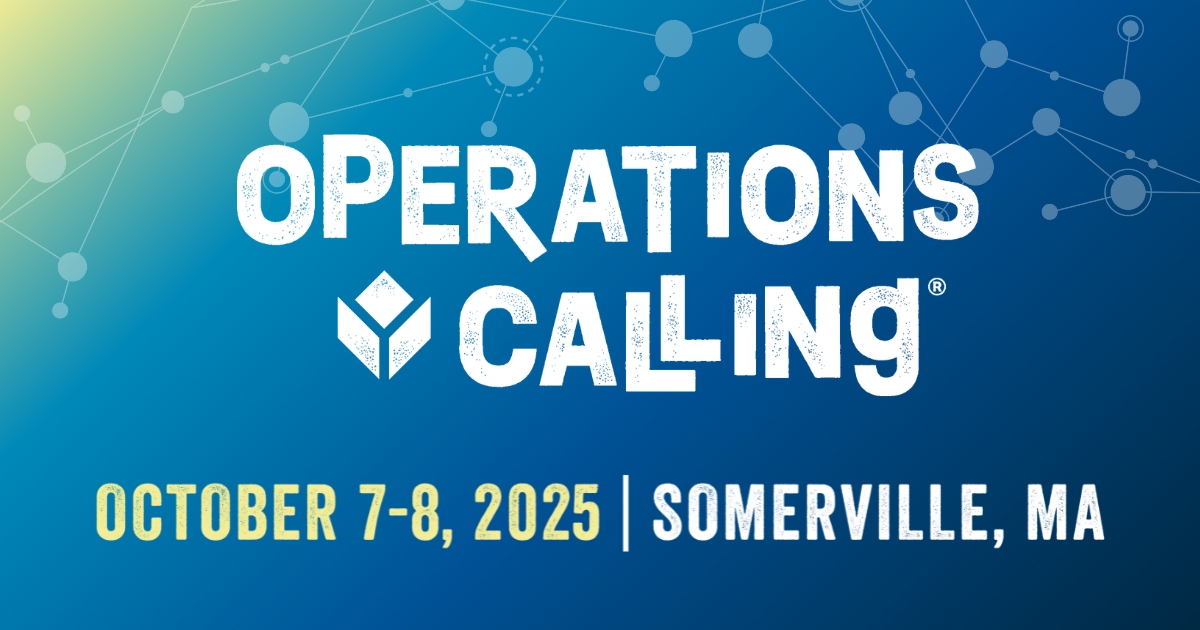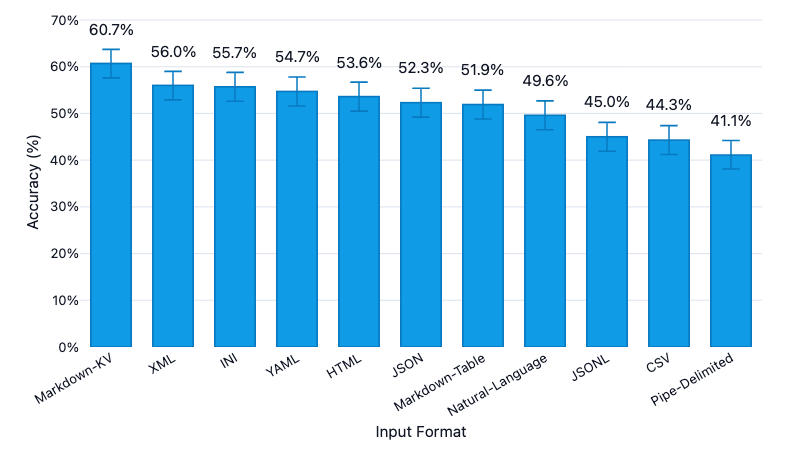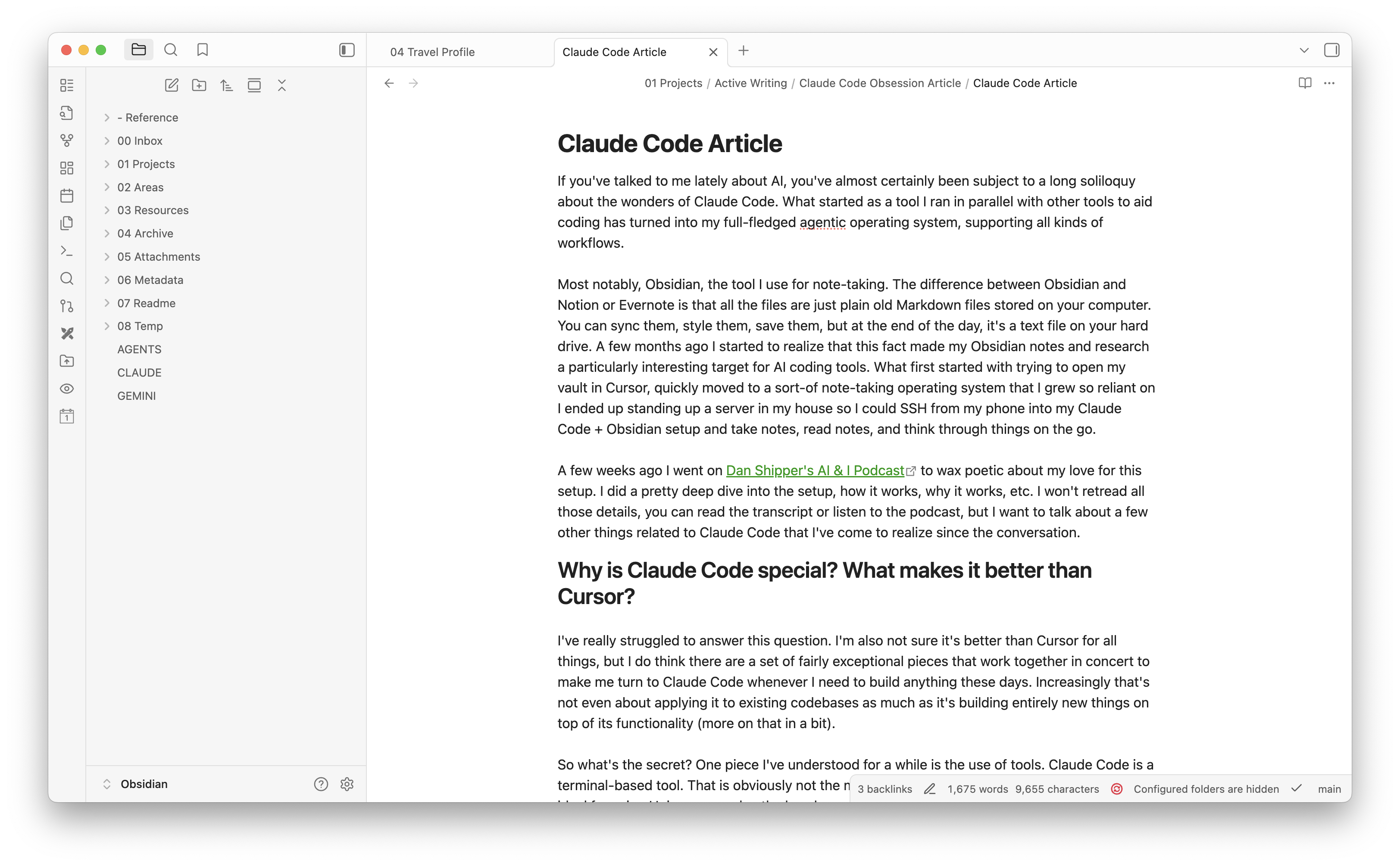4 Things Industry 4.0 10/6/2025

Presented by
Happy October 6th Industry 4.0!
If you’ve ever wished your factory floor ran as smoothly as your favorite Python script, this week’s for you. Tulip’s Operations Calling event is rallying the next wave of manufacturing leaders to build smarter, faster, and actually interoperable systems.
Meanwhile, AI researchers are arguing over the best way to show a model a table (yes, it matters), Grafana’s k6 browser is taking notes from Playwright to modernize frontend testing, and Claude is out here proving that code can feel a little bit like magic.
Grab your mug — we’re serving operational excellence with a side of machine intelligence.
Tulip’s Operations Calling: The Factory Floor Goes Full Stack

Tulip’s annual Operations Calling event kicks off this week, bringing together the builders shaping the future of connected manufacturing. The sessions span everything from digital lean to AI in the shop, but one talk in particular is bridging worlds — Walker Reynolds’ workshop on the Model Context Protocol (MCP).
At 3:30 PM EDT on Wednesday, Walker will show how MCP — the same protocol redefining software development — is becoming a force multiplier in operations and analytics.
Expect a deep dive into:
-
How MCP is already used to accelerate development cycles and connect context between various tools.
-
How the same architecture that boosts developer productivity can supercharge industrial analytics, turning data exhaust into decision intelligence.
The takeaway? MCP isn’t just the future of connected software — it’s the bridge to connected operations.
👉 Learn more about Operations Calling
Which Table Format Do LLMs Understand Best? (Results for 11 Formats)

Everyone’s feeding AI models data — but not everyone’s feeding them well. The team at Improving Agents ran a fascinating experiment: they tested 11 different table formats to see which one large language models (LLMs) actually understand best.
The winner? Not markdown, not CSV — but a hybrid format that pairs plain text with JSON-style context, giving structure and meaning.
Why it matters: As LLMs become core to analytics, code generation, and digital twins, the way we format data inputs directly affects output quality. The study shows that good data hygiene isn’t just about clean columns — it’s about how models perceive relationships.
For anyone building MCP-ready systems or operational AI workflows, this research is a practical cheat sheet for teaching your models to read the room — or at least the table.
Grafana k6 Browser: Playwright’s Spirit, Grafana’s Backbone

Grafana just gave its popular load-testing tool a serious upgrade. The new k6 browser release bridges the gap between frontend testing and performance engineering, taking cues from Playwright while keeping Grafana’s observability DNA intact.
Here’s what stands out:
-
It supports modern browser automation, meaning you can simulate real user interactions instead of just HTTP calls.
-
It aligns closely with Playwright’s API, making it easier for developers to migrate tests and integrate into CI/CD workflows.
-
And it’s tightly coupled with Grafana Cloud, so you can correlate frontend performance with backend metrics in real time.
Why it matters: For teams living at the intersection of software reliability and industrial ops, this move makes testing feel less like a separate phase and more like an always-on insight loop.
Sponsor Message
MaestroHub is a next-generation industrial data platform enabling manufacturers to unify, contextualize, and orchestrate their operations data. Founded in Turkey with a growing global presence, MaestroHub bridges OT and IT environments through a Unified Namespace (UNS)-based approach, empowering companies to reduce costs, optimize energy use, and improve yield. MaestroHub provides a scalable solution for both mid-sized facilities and large enterprises. Learn More Here: https://maestrohub.com
The Magic of Claude Code

There’s something quietly revolutionary about Claude Code, Anthropic’s new take on AI-assisted programming. While competitors are chasing autocomplete and boilerplate generation, Claude feels… different. It’s less “copilot” and more “collaborator.”
In The Magic of Claude Code, Alephic explores how Claude blends reasoning and creativity — not just producing code, but explaining intent, spotting logic flaws, and adapting style midstream. It’s the difference between an assistant that executes commands and one that understands the problem you’re trying to solve.
Why it matters: As MCP and similar architectures push toward context-rich development environments, tools like Claude Code hint at a future where software doesn’t just run — it thinks alongside you.
Learning Lens

Missed the RESTful API for MCP Workshop? We’ve got you covered.
If you couldn’t make it to last week’s live session, now’s your chance to catch up — and save big. The recording of our RESTful API for MCP Workshop is now available, covering everything you need to start building API endpoints that plug directly into the Model Context Protocol ecosystem.
You’ll learn how to:
-
Design REST endpoints for seamless MCP integration
-
Structure payloads and responses that “speak” MCP
-
Validate and test your APIs for real-world interoperability
Until October 17, you can grab the full recording for 51% off using code RESTAPI4MCP — or skip the typing and use the direct link below.
👉 Get the recording + discount
Why it matters: The future of interoperability is here, and REST APIs are still its backbone. Mastering how to make them MCP-ready will future-proof your architecture and your career.
Byte-Sized Brilliance
The First Factory Robot Was Basically a Bouncer
In 1961, General Motors installed the world’s first industrial robot — a 2,700-pound behemoth called Unimate. Its job? Lifting and stacking hot die-cast metal parts that were too dangerous for humans to handle.
The machine didn’t have vision, sensors, or AI — just pre-programmed moves on magnetic tape. But that one arm sparked a revolution that now sees over 3 million industrial robots working worldwide.
Sixty-plus years later, Unimate’s descendants don’t just lift parts — they learn, adapt, and sometimes even teach other systems. Proof that sometimes, the biggest revolutions start with a simple move.
We Value your Feedback.
Click on the link below to provide us with your thoughts.
|
|
|
|
|
|



Responses